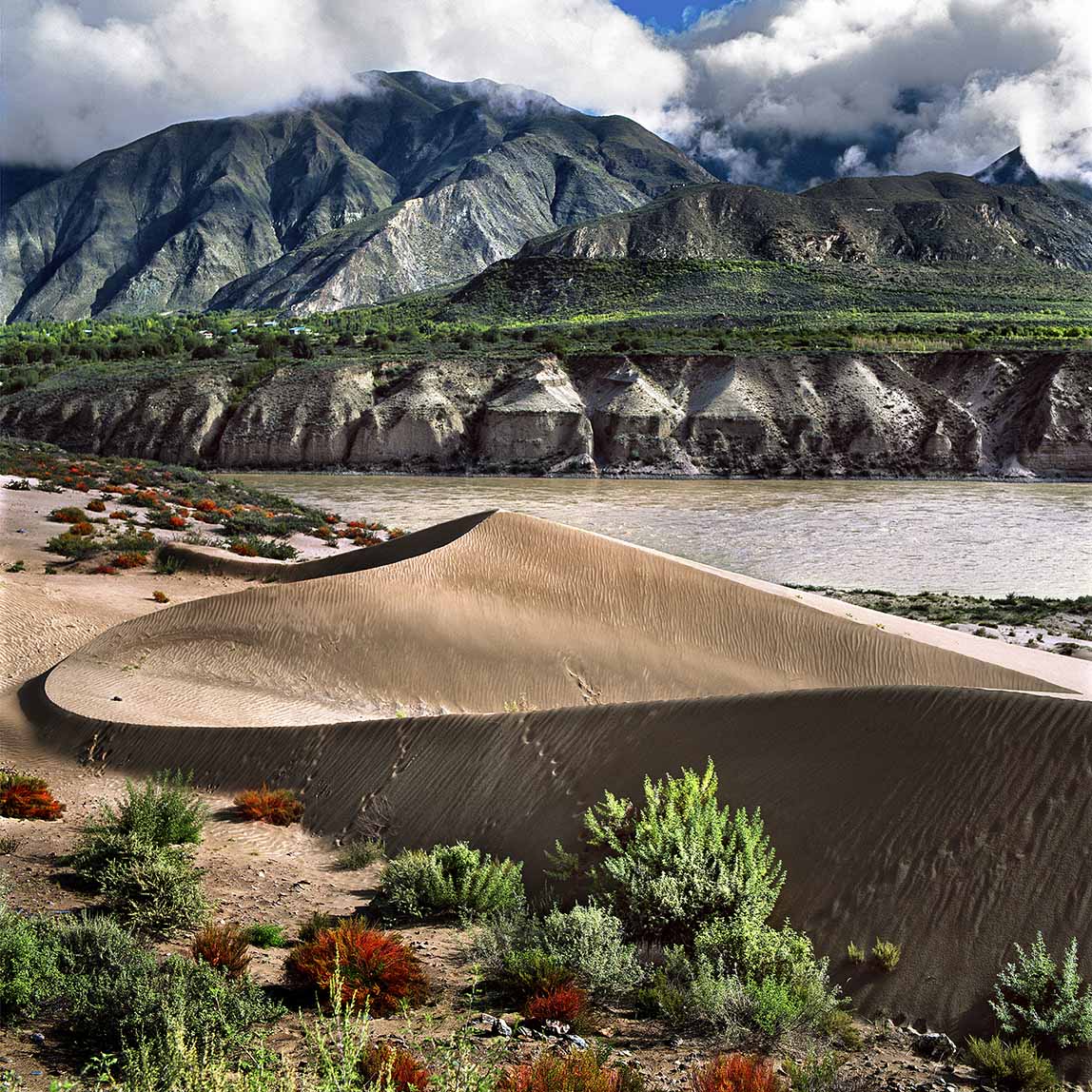
Generous water
The southern slope of the Himalayas lives to the rhythm of the monsoons. Agricultural calendars, religious festivals, pilgrimages, weddings; all human activity depends on these masses of hot and humid air which from June to September arrive from the Indian Ocean. The eastern part of the chain, located just across the Bay of Bengal, receives the full force of these sea air intakes. In just a few weeks, the colossal precipitation regularly gives four meters of rain, and exceeds ten meters in some areas.
Heading west, the rainfall is lighter but its violence remains just as destructive. In July 1993, in central Nepal, the Bagmati valley received 70 mm of water in one hour and more than 500 mm of water in 24 hours. The river flow went from 160 m³ / s to 11,700 m³ / s, killing thousands of people in the foothills and causing millions of rupees of damage there.
The monsoon is a formidable season roamed by demons, powerful enough to destabilise the world. The biggest festival of the year, Dasain, takes place at the end of the monsoon. For ten days, they celebrate Durga’s victory over the forces of evil. Family ties are strengthened and at a national level, political power is reaffirmed.
Unlike during the summer monsoon, the atmospheric flows in winter progress from west to east. The western part of the chain receives heavy snowfall, forcing each year the closure of the road which leads to Gangotri in the upper Ganges valley. As a result, the much better fed glaciers in the far west of the Himalayas are larger than in the eastern part. While the largest glaciers in the Everest massif hardly exceed twelve kilometres in length, they can reach sixty kilometres in the Karakorum massif.



